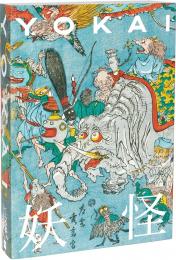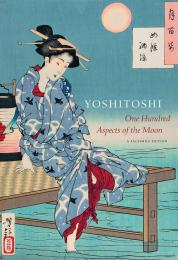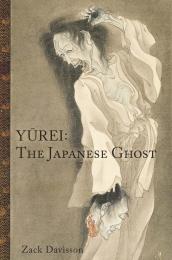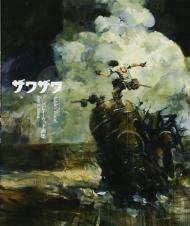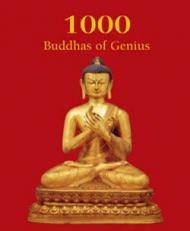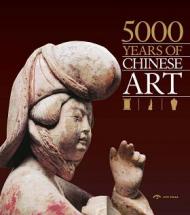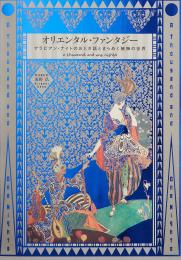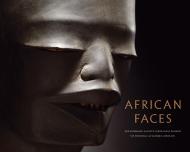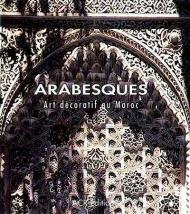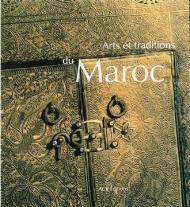Immerse yourself in the yokai images and their mesmerizing detail showcased over more than 500 pages in this epic collection!
Lurking beneath the global obsession with manga and anime, there is a world of Japan’s yokai monsters, mutants, and vengeful mononoke spirits, which have long held people’s imaginations in their terrifying grip ever since the Edo period (16th-19th centuries). These fearsome creatures are now gathered together in this gorgeous new release that, for the first time ever, shows many enlargements of these masterpieces! Selections include over 60 works chosen from the collection at the Yumoto Koichi Memorial Japan Yokai Museum (Miyoshi Mononoke Museum), Japan’s – and, in fact, the world’s – only museum specializing in Japanese yokai monsters, each reproduced in high-resolution images with explanations. This compilation provides readers with the rare experience of seeing the brushwork of Edo-era painters like Tsukioka Yoshitoshi in detail firsthand. This is a must-have book for those who love strange worlds and mutant creatures, and for anyone wanting to know more about Japanese yokai monsters.
About the Yumoto Koichi Collection:
With over 5,000 works, the Yumoto Koichi Collection is the largest yokai collection in Japan. Spanning from the early modern period to the present day, the collection includes a wide range of artistic genres from paintings and hand-painted scrolls to nishiki-e woodblock prints and handicrafts such as kimono, metalworks, folk art, and toys. The donated collection is housed at the Yumoto Koichi Memorial Japan Yokai Museum (Miyoshi Mononoke Museum) in Miyoshi City, Hiroshima Prefecture, and part of the collection tours the world as part of exhibitions overseas.
Born in 1950, Koichi Yumoto is a collector and researcher of yokai art and former curator of the Kawasaki City Museum. Yumoto’s bilingual books on yokai monsters, Yokai Museum: The Art of Japanese Supernatural Beings from the Yumoto Koichi Collection, Yokai Wonderland- More from the Yumoto Koichi Collection: Supernatural Beings in Japanese Art and Yokai Storyland: Illustrated Books from the Yumoto Koichi Collection (all from PIE International) are available worldwide.
